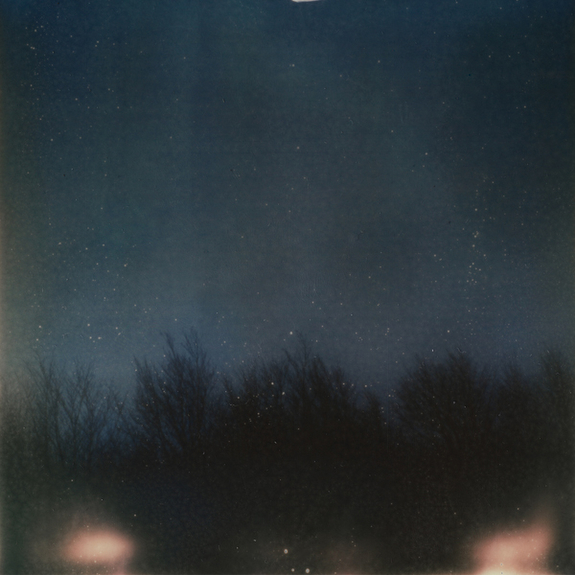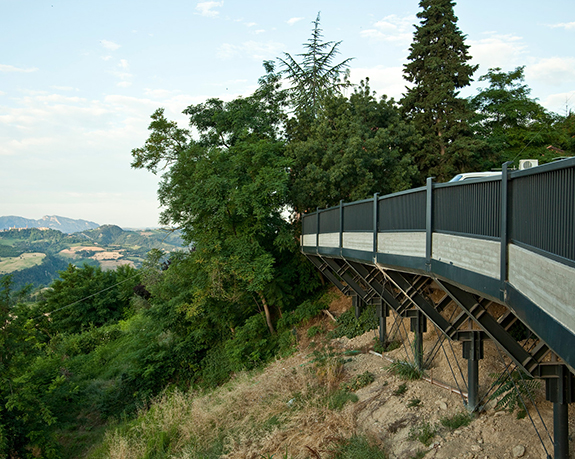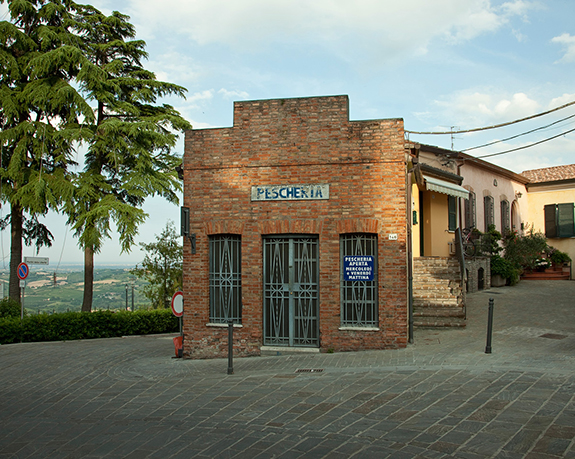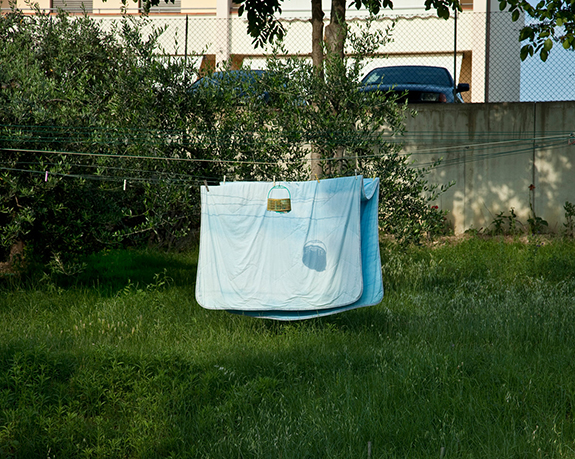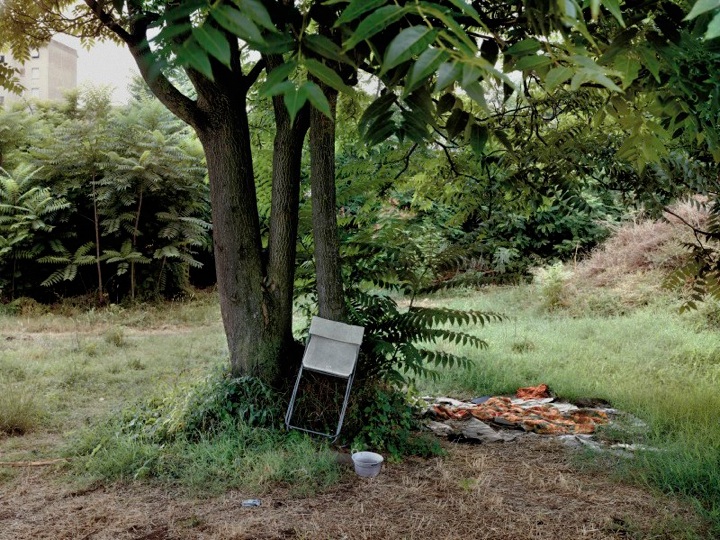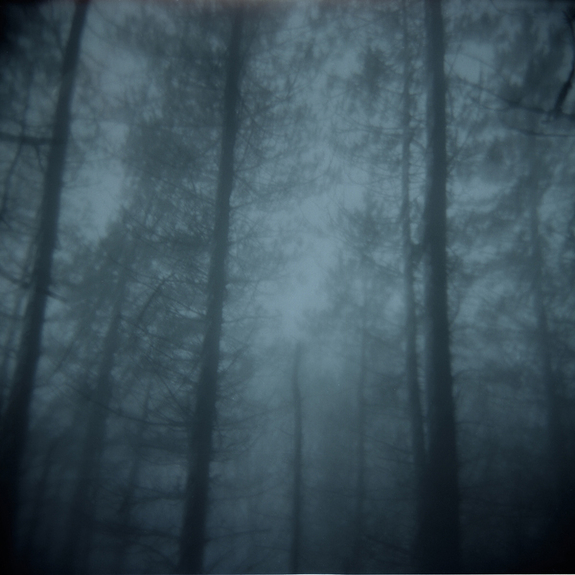
www.AlessandroCiccarelli.com
The Western world gives dark and negative connotations to the word “wild.” It rejects it.
On the contrary, wilderness is a return to primitive harmony that is the most resistant nerve.
This project is the calm attempt to represent an emotional etymology of the author’s wild side. It’s about the images of an instinct, a trace of an exploration and the resulting sensations.
They are all frames of a mental and physical ecosystem to recompose from founding elements, evoked by a human representation. It is on the film and its colors that we can find the idea of water, air, earth and fire, but not into the portrayed reality, because this it is not immediately accessible.
The wild side, the inner one, includes, at varying doses, chaos, eros, all taboos and a sense of the unknown. It is the joint realm of the demonic and ecstatic, of the archetypal power, where the engines of teaching and changing — elements of an overwhelming power — originate.
Returning to the wild is an inner practice which, everything taken into consideration, is unseemly in our time. Its investigation is a risk that not many are willing to take.
— Alessandro Ciccarelli, Rome, Italy
